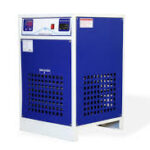Air Cooled Chillers
Air-cooled chillers are standalone cooling systems that remove heat from the refrigerant using airflow and condenser coils. Unlike water-cooled chillers, which rely on water-based heat rejection
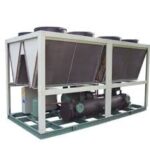
Water Cooled Chillers
Water-cooled chillers require a continuous water flow to cool the refrigerant, providing reliable cooling for large-scale commercial and industrial environments.
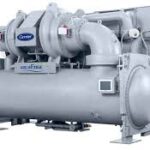
Screw Chillers
Screw chillers use twin-screw compressors to deliver consistent cooling. They are ideal for air conditioning and industrial applications. Their energy-efficient design makes them a preferred choice.
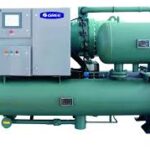
Variable Speed Chillers
Variable speed chillers adjust compressor speed with VFDs, reducing energy consumption. They provide precise cooling based on real-time demand. This makes them efficient and cost-effective solutions.
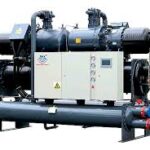
Oil Chiller
Oil chillers are refrigeration systems that regulate lubricating oil temperature in industrial machinery. They prevent overheating and ensure smooth operation. Maintaining the correct temperature improves efficiency and longevity.
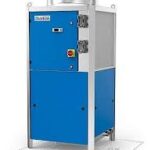
Hydraulic Oil Chiller
Hydraulic oil chillers are refrigeration systems that regulate the temperature of hydraulic oil in machinery. They prevent overheating and ensure smooth operation. Maintaining the right temperature improves system efficiency and lifespan.

Online Chiller
Online chillers provide continuous cooling for industrial and commercial applications. They feature internet connectivity for remote monitoring. This ensures efficient performance and real-time control.
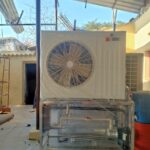
Glycol Chiller
Glycol chillers use a glycol-water mixture to remove heat from industrial processes. They ensure precise temperature control in applications like breweries and food processing this prevents overheating
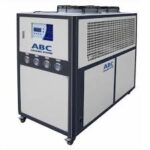
Spindle Chiller
Spindle chillers regulate spindle temperature in CNC machines and other high-speed equipment. They prevent overheating and ensure smooth operation. Proper cooling enhances performance and extends
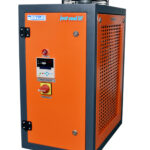
Refrigerated Air Dryer
Refrigerated air dryers remove moisture from compressed air systems by cooling the air. The process condenses water vapor into liquid, preventing equipment damage. This ensures dry and efficient air supply.
